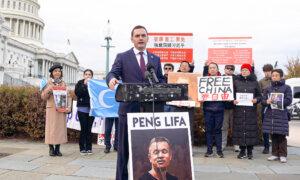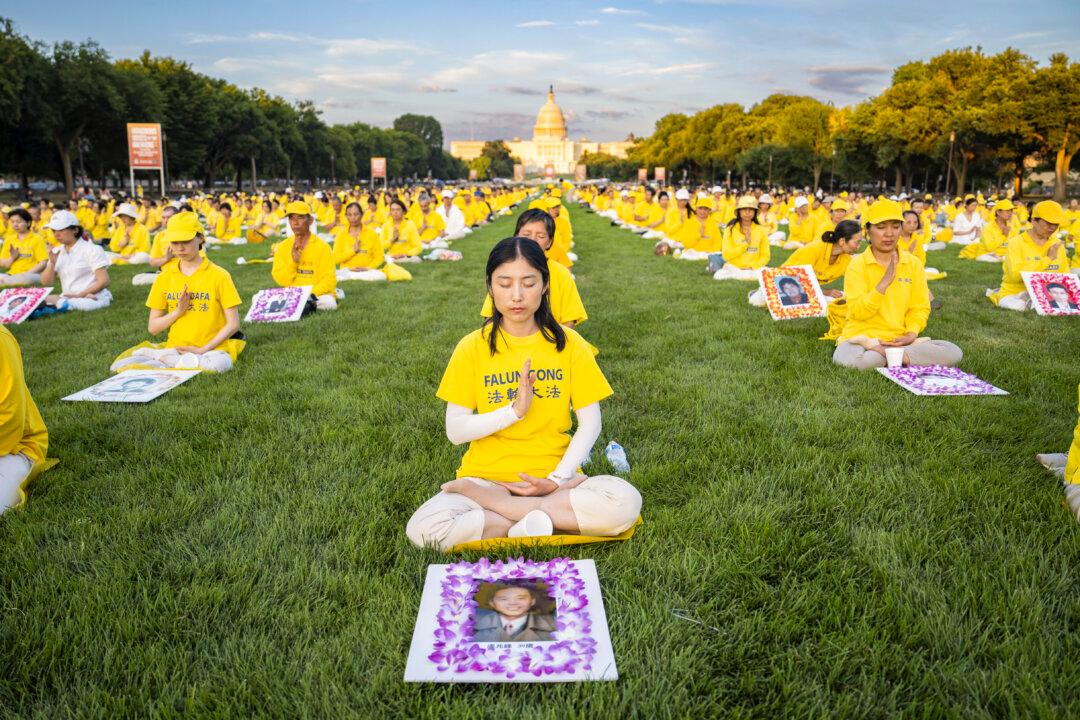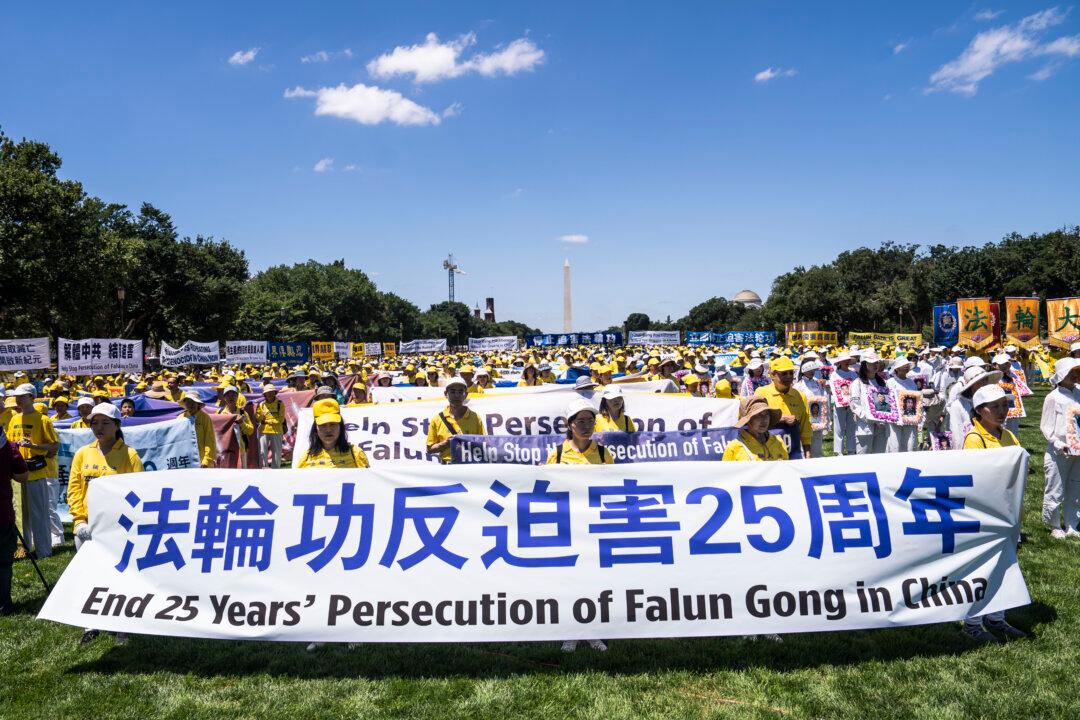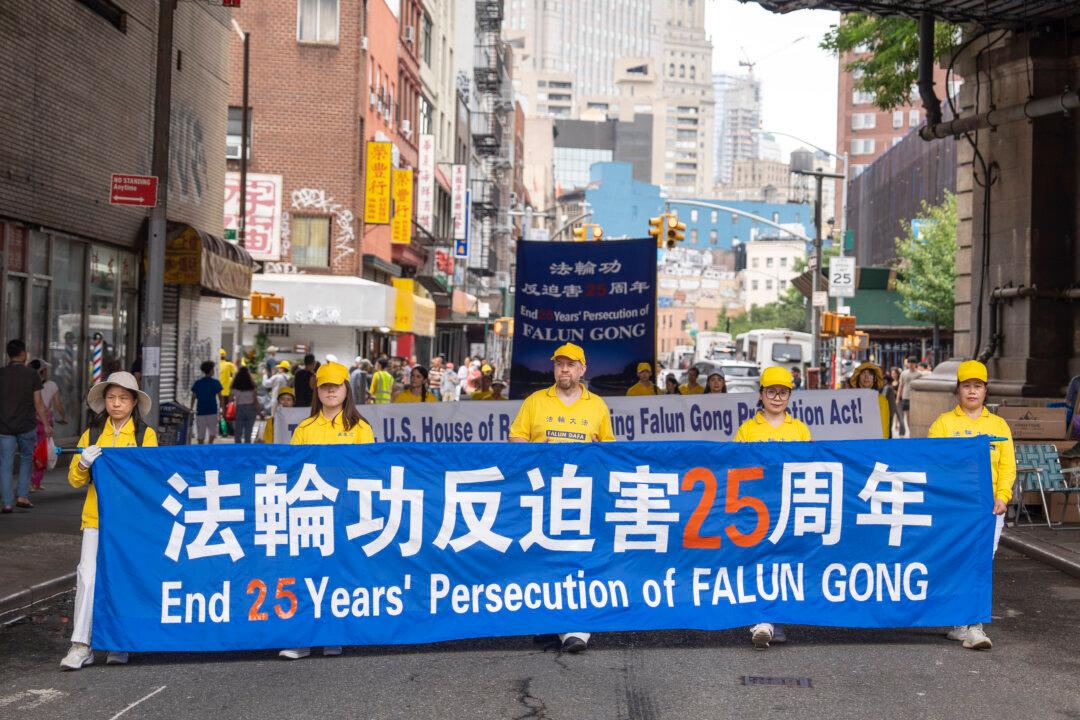Chinese workers staged twice as many protests to defend their rights in 2023 compared to the previous year, according to a Hong Kong-based human rights group. China observers say that such widespread demonstrations could lead to the downfall of the Chinese Communist Party (CCP).
The emergence of large-scale Chinese workers’ protests is “an inevitable outcome“ of China’s economic crisis,” Lai Jianping, a former Chinese lawyer and current affairs commentator based in Canada, said in a recent interview with the Chinese language edition of The Epoch Times.
Nationwide Workers’ Protests in 2023
China’s economy remained sluggish in 2023 despite an abrupt relaxation of the draconian zero-COVID measures since December 2022.The CLB’s report reveals that the protests were mainly related to export-oriented industries—such as electronics, garments and apparel, toys, and automotive—and that workers protested over wages, layoffs, and relocations and demanded compensation.
Protests broke out across China, including the four municipalities under the direct administration of the CCP.
Guangdong Province, a major manufacturing hub, recorded 510 protests of various sizes last year, the highest in the country, according to the CLB report.
The second highest number of protests (108) is reportedly in China’s eastern Shandong Province, followed by central Henan Province and northern Shanxi Province (100 protests recorded in each one).
Of the four municipalities, Beijing, China’s capital city, reportedly recorded 33 protests last year, while Shanghai recorded 47 protests, Chongqing recorded 35, and Tianjin recorded 25.
Other Protests
According to Nikkei Asia, 1,777 demonstrations were recorded in the country that were linked to the property sector between June 2022 and October 2023. Two-thirds of these demonstrators were homebuyers and homeowners who protested over “project delays, contract violations, alleged fraud, and shoddy workmanship,” the report said. Most of the remaining protesters were construction workers demanding unpaid wages.Due to Chinese authorities’ record of covering up information, it is difficult to assess the true scale of these protests.
‘They Have to Fight for Their Survival’
Mr. Lai said the recent rights-defending campaigns in China involve “more numbers” of participants and that the events are “more intense than ever.”He added that many people are currently facing extreme poverty, lacking the financial resources to support their families, pay for their children’s education, cover medical expenses, and repay mortgages.
“These individuals can only stand up to defend their legitimate rights, to demand wages arrears, and to request job opportunities,” Mr. Lai said.
Furthermore, by reverting to the revolutionary era of Mao Zedong, Chinese leader Xi Jinping “has deterred foreign investors and Chinese private entrepreneurs from engaging with China.”
Li Yuanhua, a former scholar of Chinese history now residing in Australia, believes that the widespread protests among workers primarily stem from their “will to survive.”
“The privileged class within the CCP has been plundering social assets, while Chinese workers at the bottom of society have been pushed to their limits. Unable to secure their basic needs and survival, they are compelled to take a stand,” Mr. Li told The Epoch Times in a recent interview.
Mass Protests May End CCP’s Rule
The CCP has adopted a heavy-handed approach to suppress dissidents and protesters to maintain its authoritarian rule.Nevertheless, when the people struggle for survival, they no longer fear the CCP’s suppression, Mr. Li said, adding that this is what the regime fears.
“This kind of resistance from the people is genuine, and they don’t fear the CCP’s violent suppression. For them, resistance may lead to death, but without resistance, death is inevitable. So why wouldn’t they resist?!”
According to Mr. Lai, the CCP cannot effectively quash all the nationwide protest campaigns.
“The CCP is facing widespread challenges, with wave after wave of unemployment and layoffs affecting various industries and sectors. Protests and rights-defending incidents are cropping up continuously, with turmoils erupting everywhere in the country. ... I can foresee that the CCP has no way to handle them.
To some extent, this situation poses a significant threat to the rule of the communist regime,” he said.
“As an old Chinese saying goes, ‘If people are not afraid to die, it is of no avail to threaten them with death.’”







